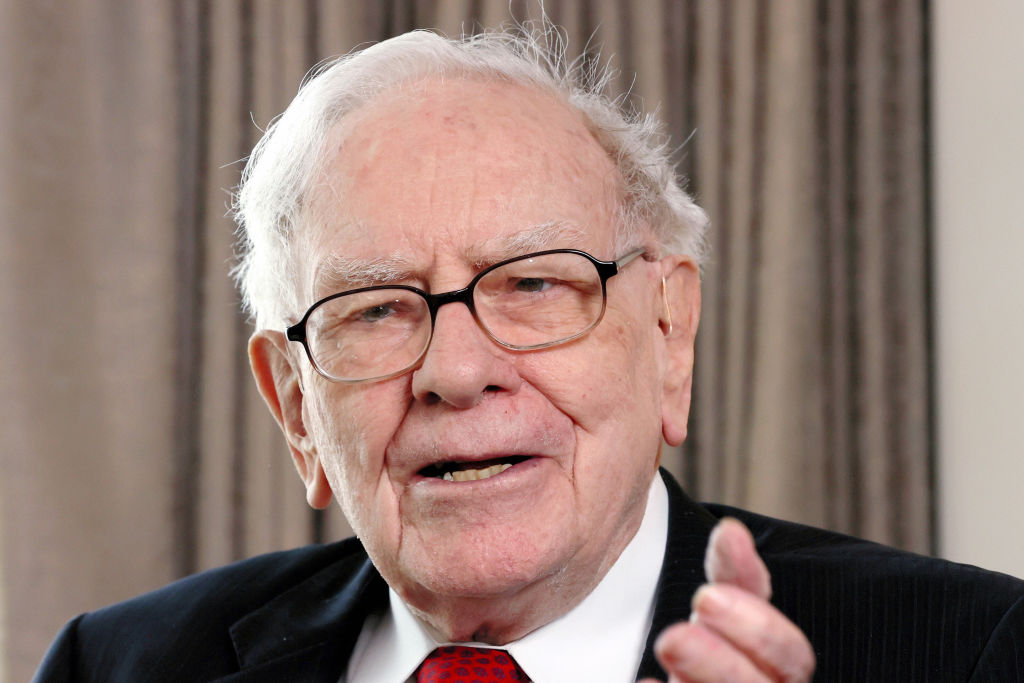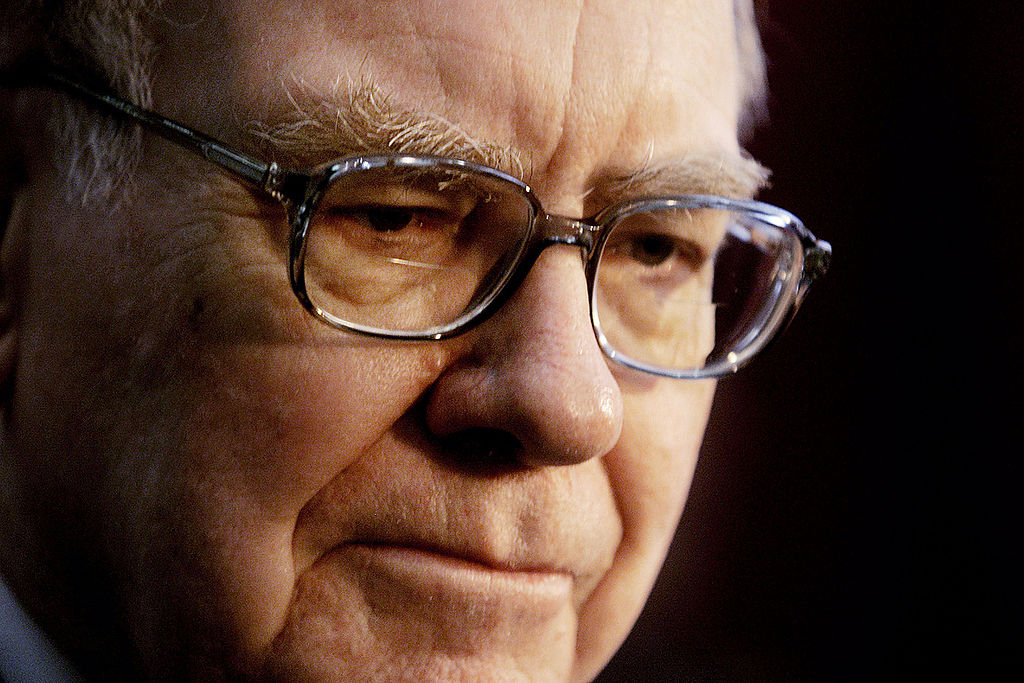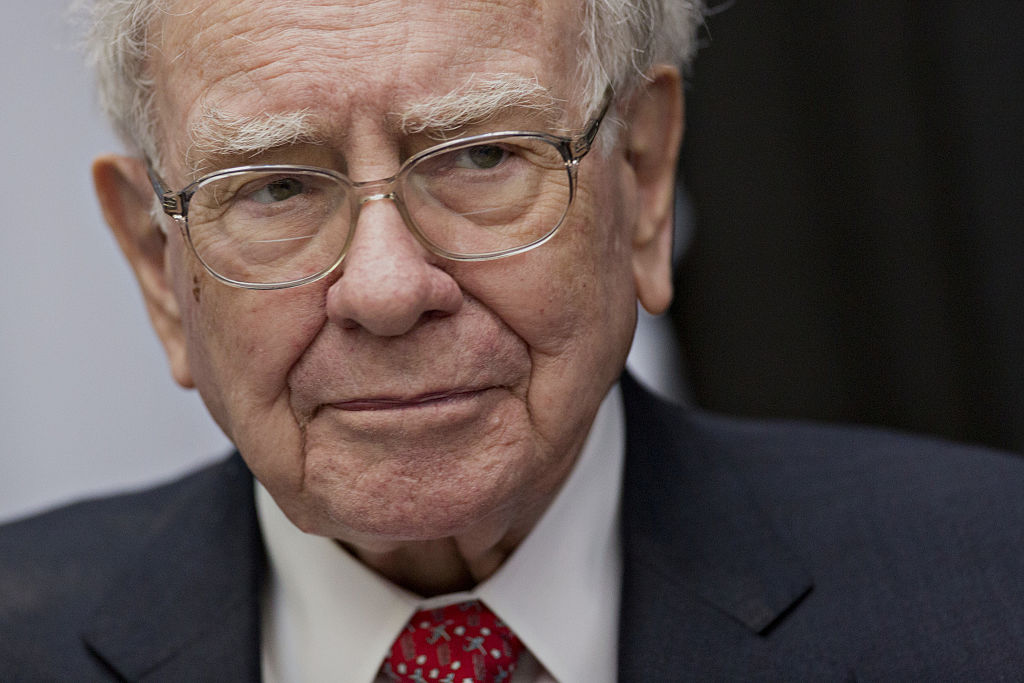When It Makes Sense to Buy the Dip
If nothing serious has gone wrong with the company, consider a stock decline a buying opportunity.

Around the beginning of 2018, the volatility of the stock market suddenly picked up. It was a worrying development for most investors, who prefer a smooth ride to a turbulent one. But volatility is a necessary condition if you want to deploy a strategy known as buying the dips, or BTD. The idea is to purchase stocks when they have dropped sharply, anticipating that they will bounce back.
The BTD strategy requires some courage, but it seems to work. In a recent paper, Vivian Ning, of investment research firm S&P Global, looked at every stock in the Russell 1000 index that fell at least 10% more than that index on a single day. In other words, if the Russell (roughly the 1,000 largest U.S. companies) fell 1.5%, the stock would have to have dropped 11.5% or more to be counted. Then Ning looked at the subsequent performance of those dipping stocks—again in comparison with the Russell 1000 as a whole.
What she found was striking. The BTD strategy “significantly outperforms” the index. Had you bought the fallen stocks, you would have beaten the Russell 1000 by an average of 0.47% the next day, by 4.8% over 30 days, and by an incredible 28% over 240 days. What’s more, these BTD opportunities for individual stocks are more common than you might think, typically occurring about 200 to 300 times a year for a group of 1,000 companies.
From just $107.88 $24.99 for Kiplinger Personal Finance
Be a smarter, better informed investor.

Sign up for Kiplinger’s Free Newsletters
Profit and prosper with the best of expert advice on investing, taxes, retirement, personal finance and more - straight to your e-mail.
Profit and prosper with the best of expert advice - straight to your e-mail.
The best way to make money in the stock market is to purchase excellent companies and keep them as long as possible.
But don’t get carried away. Ning’s study included about 4,000 instances of 10%-plus declines in two years, both during a brutal bear market: 2008 and 2009. Her results may tell us more about the recovery of the market as a whole from the Great Recession (and confirming the simple strategy of maintaining your portfolio in tough times) than about a BTD strategy for picking individual stocks. Also, as Ning describes it, BTD is a strategy for traders, not long-term investors. Immediately jumping to buy a fallen stock—or several—in a single day is impractical.
A strategy for buy-and-holders. Rather than a mechanical strategy, I think of BTD as a sound idea to keep in mind as you apply a broad, buy-and-hold approach to investing. The best way to make money in the stock market is to purchase excellent companies and keep them as long as possible. Sell only if you need to cash out for a pressing need—such as a home purchase, tuition payment or retirement—or if you believe something important has changed about the company—new leadership that is inferior to the old, for example, or a fierce new competitor that drives down prices, or changing consumer tastes that management can’t adapt to.
When you buy a stock, you should think of yourself as a partner in a business. Every day, as Warren Buffett’s mentor Benjamin Graham put it, a character named Mr. Market offers to sell you shares in that business at a particular price. Wouldn’t you rather pay a low price than a high one for the shares? If you take the long view and you believe in the company, then you should love a low price.
Of course, Mr. Market often offers a low price as a signal that something terrible and irreparable has happened to the business. Take General Electric (symbol GE), for example. At the start of 2017, it was trading at about $32 a share. By January 2018, it had fallen by half. But if you had bought on that dip, you would have suffered a big loss. Rather than bouncing back, GE fell below $8 by early December. The decline brings to mind another Wall Street cliché: trying to catch a falling knife. Ouch! General Electric’s price has declined for good reasons. It is not the same company in the same environment as it was in 2000, when Jack Welch was CEO and the stock traded at $58.
Buying the dips is not a surefire route to success, but you can still exploit its two underlying principles: Mr. Market often goes too far in his pessimism, and good businesses frequently overcome setbacks. If you love a company and you think nothing serious has gone wrong, then consider a stock decline a fabulous buying opportunity. If 3M (MMM, $198, –21.3% off peak) was a good buy at $259 in January 2018, why isn’t it better when it’s $61 cheaper? It’s a solidly profitable industrial company with a history of rebounding when shares drop. ValueLine Investment Survey gives 3M a top rating of 100 for both earnings predictability and price stability, so capitalize on those rare dips. (Stocks I like are in bold; prices are as of December 7; the percentage is how far it’s fallen from its 52-week high.)
An example of BTD working well is Netflix (NFLX, $265, –36.7%), the leader in video streaming. Periodically, investors sour on the stock, presenting excellent buying opportunities. In July 2011, for example, Netflix was trading at $43; four months later, it was down to $9. It took two years to get back to $38, but by December 2, 2015, Mr. Market was demanding $131 for a share. Two months later, the price had dropped to $80. By July 2018, Netflix was trading at $419, but it has since fallen by more than one-third. Is now the time to buy? I think so, and the reason is not the detection of some magic pattern of price movements. It is simply that Netflix is a strong company with a great future. If you want to add to your holdings, the best time is when the stock has fallen sharply.
Good stocks, flagging industries. I don’t consider a dip worth buying until the price decline in a stock reaches 20% or more (the threshold that typically defines a bear market). Such fallen companies abound. Two of my favorites are Schlumberger (SLB, $43, –44.2%), the oil-service giant, which has dropped sharply over the past four years, and NVR (NVR, $2,457, –33.6%), a well-run homebuilder that never seemed to fall in price until 2018, when it declined by more than one-third from January through early December. These companies are suffering because their industries are languishing. Energy prices and demand for homes could certainly decline even more. But both sectors are cyclical, and when good times return, you’ll want to own the best of breed in your portfolio.
Tech stocks have also been hammered lately. Apple (AAPL, $168, –27.1%) presents an excellent BTD opportunity. So does Symantec (SYMC, $22, –25.2%), the cybersecurity company, with a price-earnings ratio, based on the consensus of analysts’ estimates for the next 12 months, of just 13; the shares are down by one-third since October 2017. Also tempting is International Business Machines (IBM, $119, –26.2%), which has fallen from $167 a share in January 2018. Big Blue carries a dividend yield of 5.3%. Unfortunately, the best of the tech stocks—Amazon.com (AMZN) and Alphabet (GOOGL)—are not down far enough from their highs, at least for now. Keep an eye on them, and consider buying if they fall more sharply. (For a slightly different take, see Technology Stocks: Should You Bail?.)
However, I would stay away from Facebook (FB), whose management seems unable to cope with troubles involving user privacy and the spread of “fake news.” The best way to take advantage of the BTD strategy is through the simple process of dollar-cost averaging. Make monthly or quarterly purchases of the stocks and funds in your portfolio in consistent dollar amounts. If prices decline, you get to buy more shares. You already do this if you contribute automatically to a 401(k) plan, for example. Or you could instruct your broker to buy $1,000 worth of a stock every three months. In January, if the stock is $100 a share, you can afford to purchase 10 shares. If the stock drops to $80 in April, you can afford 12.5 shares.
In the end, that’s the main advantage of BTD. It helps turn the basic emotions of investing upside down, making fear your ally and greed less compelling. If you are holding stock in a good business for the long term, lower prices help you grab as many shares as you can at bargain prices. Down can be a happy direction.
James K. Glassman chairs Glassman Advisory, a public-affairs consulting firm. He does not write about his clients. Of the stocks recommended in this column, he owns Amazon.com. His most recent book is Safety Net: The Strategy for De-Risking Your Investments in a Time of Turbulence.
Profit and prosper with the best of Kiplinger's advice on investing, taxes, retirement, personal finance and much more. Delivered daily. Enter your email in the box and click Sign Me Up.

-
 A 'Fast, Fair and Friendly' Fail: Farmers Irks Customers With Its Handling of a Data Breach
A 'Fast, Fair and Friendly' Fail: Farmers Irks Customers With Its Handling of a Data BreachFarmers Insurance is facing negative attention and lawsuits because of a three-month delay in notifying 1.1 million policyholders about a data breach. Here's what you can do if you're affected.
-
 Serving the HNW Market: How Financial Advisers Can Break Through and Deliver Lasting Value
Serving the HNW Market: How Financial Advisers Can Break Through and Deliver Lasting ValueFinancial advisers have a significant opportunity to serve high-net-worth clients by elevating their capabilities, delivering comprehensive planning, building diverse teams and prioritizing family wealth education.
-
 With Buffett Retiring, Should You Invest in a Berkshire Copycat?
With Buffett Retiring, Should You Invest in a Berkshire Copycat?Warren Buffett will step down at the end of this year. Should you explore one of a handful of Berkshire Hathaway clones or copycat funds?
-
 Stocks at New Highs as Shutdown Drags On: Stock Market Today
Stocks at New Highs as Shutdown Drags On: Stock Market TodayThe Nasdaq Composite, S&P 500 and Dow Jones Industrial Average all notched new record closes Thursday as tech stocks gained.
-
 9 Warren Buffett Quotes for Investors to Live By
9 Warren Buffett Quotes for Investors to Live ByWarren Buffett transformed Berkshire Hathaway from a struggling textile firm to a sprawling conglomerate and investment vehicle. Here's how he did it.
-
 A Timeline of Warren Buffett's Life and Berkshire Hathaway
A Timeline of Warren Buffett's Life and Berkshire HathawayBuffett was the face of Berkshire Hathaway for 60 years. Here's a timeline of how he built the sprawling holding company and its outperforming equity portfolio.
-
 Berkshire Buys the Dip on UnitedHealth Group Stock. Should You?
Berkshire Buys the Dip on UnitedHealth Group Stock. Should You?Buffett & Co. picked up UnitedHealth stock on the cheap, with the embattled blue chip one of the newest holdings in the Berkshire Hathaway equity portfolio.
-
 What Set Warren Buffett Apart
What Set Warren Buffett ApartAs Warren Buffett prepares for retirement, we reflect on what we've learned from his 60 years of leadership at Berkshire Hathaway.
-
 What Tariffs Mean for Your Sector Exposure
What Tariffs Mean for Your Sector ExposureNew, higher and changing tariffs will ripple through the economy and into share prices for many quarters to come.
-
 Value vs Growth Investing Isn't So Simple
Value vs Growth Investing Isn't So SimpleThe difference between growth and value stocks isn't black and white.